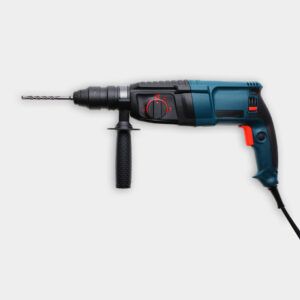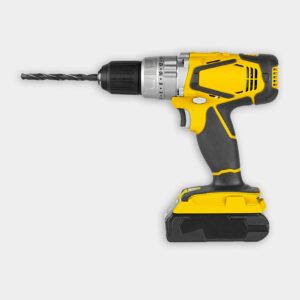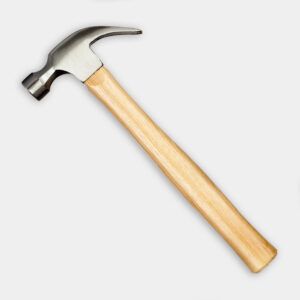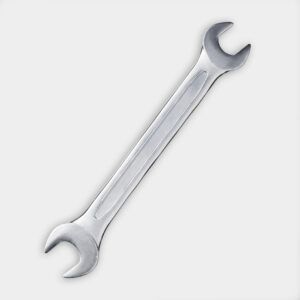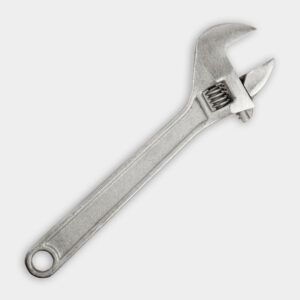We may be compensated if you purchase through links on our website. Our team is committed to delivering honest, objective, and independent reviews on home products and services.
Outdoor TVs can transform your patio or deck into a versatile entertainment area that the whole family can enjoy. However, installing an outdoor television is not as simple as just mounting a regular TV outside. Outdoor televisions are specifically designed to withstand various weather conditions and temperature fluctuations. In this guide, we’ll walk you through the process of installing a weatherproof television to enhance your outdoor living area. In the video above, This Old House master electrician Scott Caron demonstrates the installation of a durable outdoor TV that can be left in place year-round in any temperature.
Choosing the Right Outdoor TV
Before beginning the installation process, you’ll first want to take the time to select an appropriate outdoor television. Here are some key factors to consider:
- Weatherproofing: Ensure the TV is specifically designed for outdoor use, with proper sealing against moisture and dust.
- Temperature range: Look for a model that can withstand extreme temperatures, both hot and cold.
- Screen brightness: Outdoor TVs should have higher brightness levels to combat glare from sunlight.
- Size: Choose a size that fits your space and viewing distance.
In the video, Caron installs a 46-inch LED television with an aluminum powder-coated frame, capable of withstanding temperatures from -24°F to 122°F.
Preparing for Installation
Before mounting your outdoor TV, you’ll need to prepare the installation site and gather the necessary tools and materials.
Tools and Materials Needed
You’ll require the following tools and materials for this project:
- Hammer drill
- Drill/driver
- Hammer
- Open-ended wrench
- Level
- Mounting bracket (weatherproof)
- Plastic anchors
- Lag bolts
- HDMI cable
- Weatherproof electrical outlet cover
- IR repeater (if necessary)
Preparing the Mounting Location
Proper location preparation ensures the TV’s durability and optimal viewing experience. Follow these steps to find the best location.
- Choose a suitable location for your TV, considering factors like viewing angle, sun exposure, and proximity to power sources.
- Remove any existing brackets or mounts that are not suitable for outdoor use.
- If mounting on stone or brick, use a grinder to smooth out any high spots to ensure the bracket sits flat.
Installing the Mounting Bracket
A proper mounting bracket will securely hold your outdoor TV in place. Follow these steps to install the bracket:
- Position the bracket on the wall and use a level to ensure it’s straight.
- Mark the drilling spots for the mounting holes.
- Use a hammer drill to create holes for the anchors.
- Insert plastic anchors into the drilled holes, tapping them in with a hammer if necessary.
- Secure the bracket to the wall using lag bolts and an open-end wrench.
How To Set Up Electrical and Video Connections
Proper electrical and video connections are needed for your outdoor TV to work correctly. Here’s how to set them up:
Electrical Connections
- Ensure you have a weatherproof electrical outlet nearby. If not, hire a licensed electrician to install one.
- Use an in-use cover for the electrical outlet to protect it from the elements.
Video Connections
- Run an HDMI cable from your indoor video source to the outdoor TV location.
- Install a weatherproof housing for the HDMI cable, such as one with brushes to keep insects out.
- If your existing setup doesn’t allow for direct control of indoor devices, consider using an IR repeater. The IR repeater is placed on top of the outdoor HDMI cable. Plug it into the HDMI port. Then, mount the repeater somewhere on the television.
Mounting the TV
With the bracket in place and connections ready, it’s time to mount the TV:
- Attach the TV-side of the mounting bracket to the back of the television.
- Carefully lift the TV and hook the top of the TV bracket onto the wall-mounted bracket.
- Secure the bottom of the TV bracket to the wall bracket using the provided nut and bolt.
- Tighten all connections with a wrench to ensure the TV is firmly in place.
Connecting and Testing the System
After mounting the TV, follow these steps to complete the setup:
- Connect the HDMI cable to the TV’s input port, typically located in a weatherproof compartment on the back of the unit.
- If using an IR repeater, connect it according to the manufacturer’s instructions.
- Plug the TV into the weatherproof electrical outlet.
- Turn on the TV and test all functions, including volume control and input switching.
- Test the IR repeater by attempting to control indoor devices with the TV’s remote.
Additional Features and Considerations
Local regulations and neighborhood norms may affect your outdoor TV installation. Check any guidelines before installation. Additionally, you may also want to consider features like built-in Wi-Fi for streaming services, depending on your needs. Also, pay attention to sound quality; external speakers may be required for an optimal audio experience.
Maintaining Your Outdoor TV
To ensure the longevity of your outdoor TV installation, regularly clean the TV screen with a soft, damp cloth to remove dust and debris. Check the seal around the weatherproof compartments periodically to ensure they remain watertight, and inspect the mounting bracket annually for any signs of rust or wear. During extreme weather events, consider using a protective cover for added security.
Enhancing Your Outdoor Entertainment Area
An outdoor television should be a standout feature of your outdoor space, but there are other ways to enhance your setup. Consider adding in elements such as comfy seating, a fire pit for ambiance, or an outdoor sound system to get a full outdoor movie experience. Don’t forget to include adequate lighting for evening viewing, and adjust for glare during the daytime.
